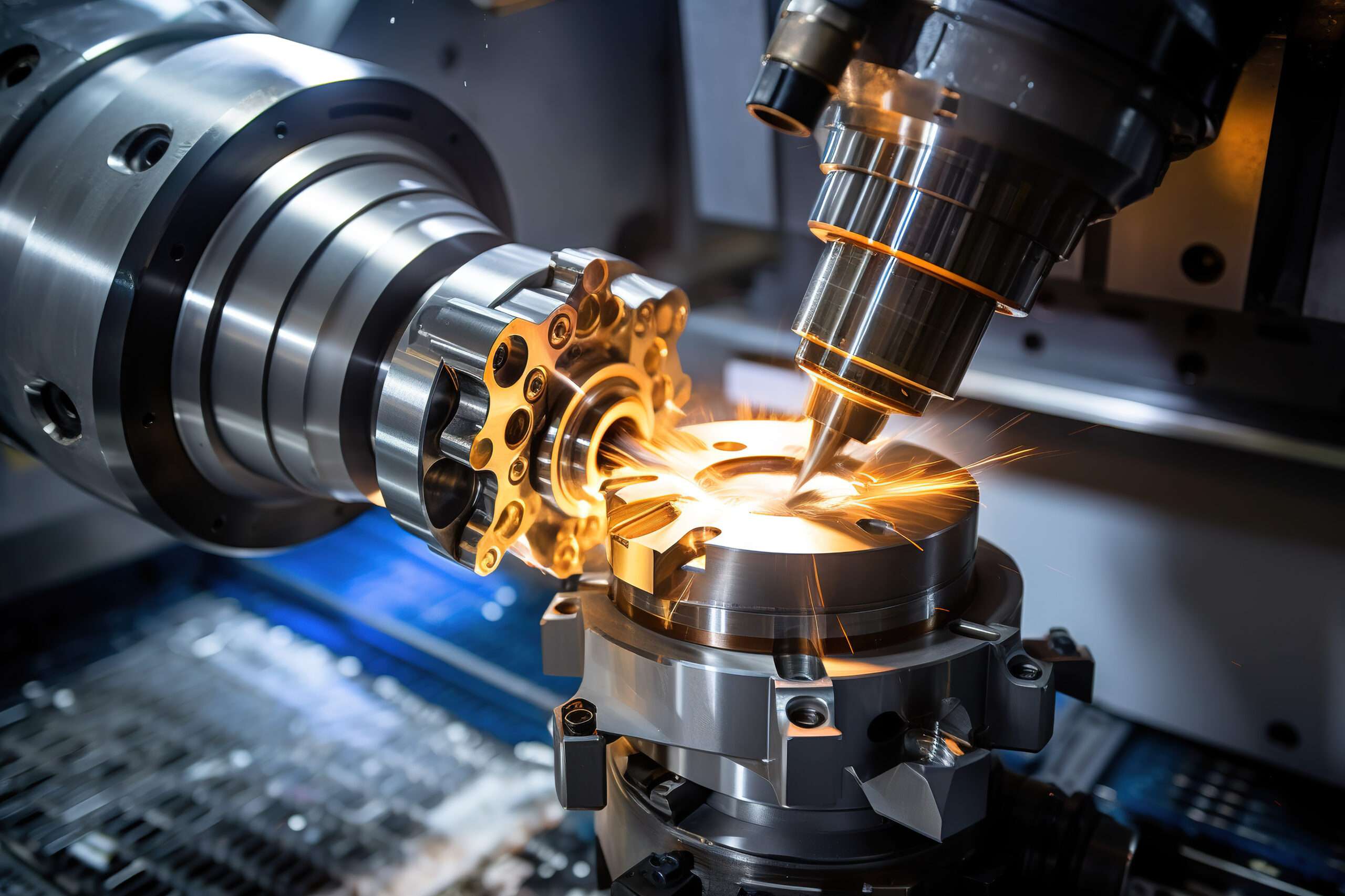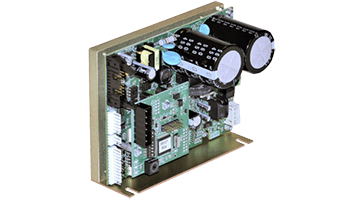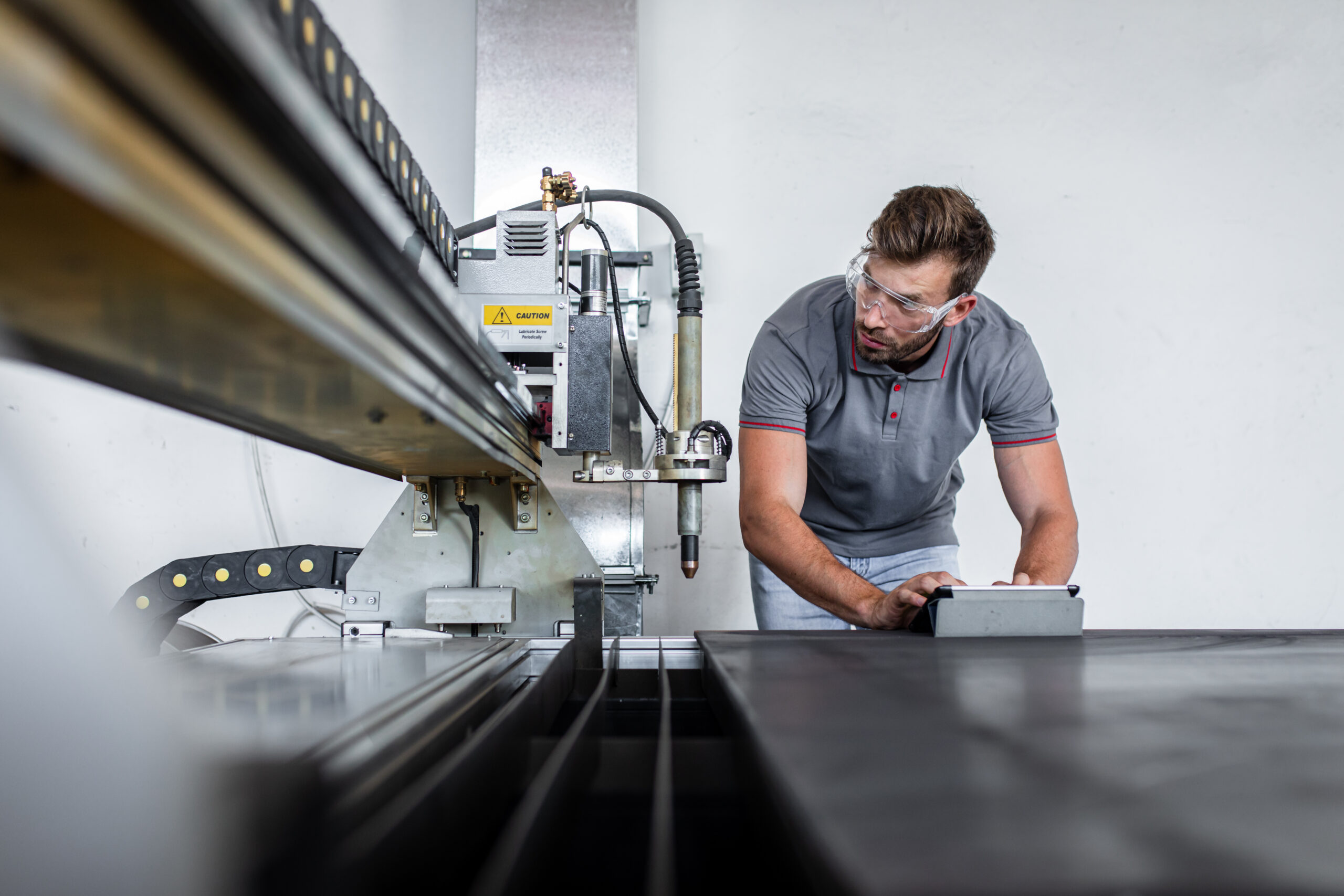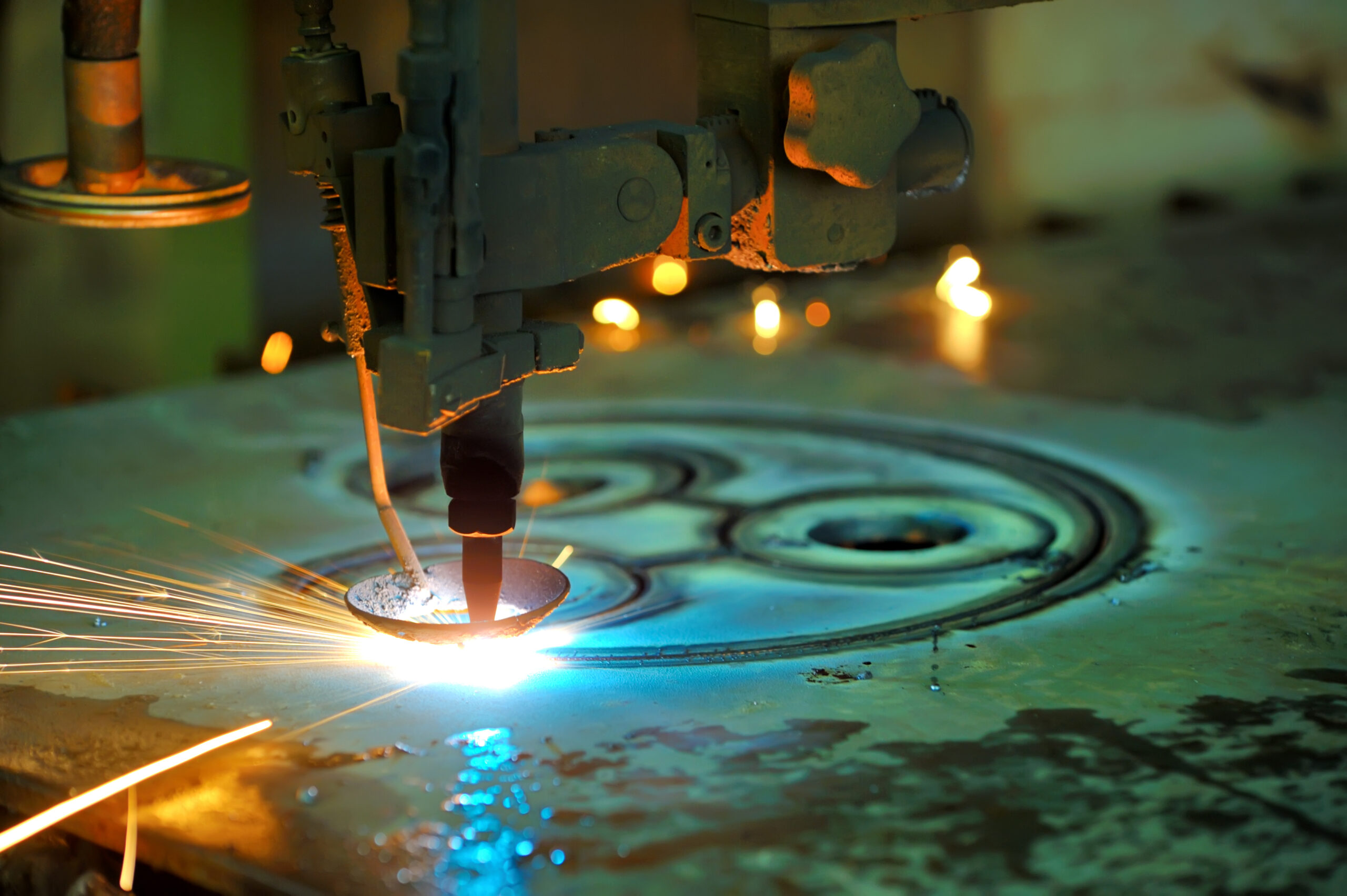In the highly competitive metal fabrication industry, precision, efficiency, and speed are critical for delivering high-quality results. Advanced servo drives play a key role in laser cutting and plasma cutting applications by enabling precise motion control, optimizing cutting speeds, and ensuring seamless automation. These motion control solutions not only improve cut quality but also enhance throughput and production efficiency, making them indispensable for modern metal fabrication automation.
The Role of Servo Drives in Laser and Plasma Cutting
Servo drives are the core of motion control in laser and plasma cutting systems, delivering the speed, accuracy, and adaptability essential for high-precision metal fabrication. By precisely managing positioning, velocity, and torque, they ensure consistent, repeatable performance while leveraging real-time feedback and intelligent motion algorithms to optimize efficiency, reduce material waste, and enhance throughput.
Unlike stepper motors or outdated systems, which struggle with high-speed operations, load variations, and complex cutting paths, servo drives provide superior precision and adaptability in demanding fabrication environments. Key advantages include:

- High-speed precision – Optimized motion control ensures smooth, continuous cuts with minimal deviation, even at high operating speeds. This allows for tighter tolerances and cleaner edges, reducing the need for post-processing.
- Dynamic torque control – Servo drives automatically adjust power delivery in real-time to accommodate different materials, thicknesses, and cutting conditions. This ensures that cutting tools maintain optimal performance without excessive wear, reducing downtime and increasing machine lifespan.
- Adaptive motion profiling – Cutting paths often involve intricate geometries, sudden directional changes, and variable speeds. Servo drives provide real-time adjustments to cutting speed and positioning, improving overall efficiency and ensuring that even the most complex patterns are executed with high accuracy.
- Closed-loop feedback – Integrated high-resolution encoders and feedback sensors continuously monitor position, speed, and load conditions. This data is used to make instantaneous corrections, compensating for external disturbances, machine vibrations, or thermal expansion, resulting in consistent, high-quality cuts across different materials and production runs.
By incorporating servo-driven motion control, laser and plasma cutting systems can achieve higher throughput, superior cut quality, and enhanced machine reliability. These improvements make servo drives an indispensable solution for manufacturers looking to maintain competitive efficiency and precision in the evolving metal fabrication industry.
Optimizing Laser Cutting with Servo Drives
 Laser cutting is a high-precision fabrication process used for intricate designs, thin sheet metal cutting, and applications requiring minimal heat distortion. Achieving clean, accurate cuts depends on precise motion control, beam stability, and synchronized movement, all of which are enhanced by servo-driven automation. Whether cutting delicate electronics, aerospace structures, or automotive parts, servo drives ensure optimal speed, accuracy, and efficiency throughout the process.
Laser cutting is a high-precision fabrication process used for intricate designs, thin sheet metal cutting, and applications requiring minimal heat distortion. Achieving clean, accurate cuts depends on precise motion control, beam stability, and synchronized movement, all of which are enhanced by servo-driven automation. Whether cutting delicate electronics, aerospace structures, or automotive parts, servo drives ensure optimal speed, accuracy, and efficiency throughout the process.
Servo drives enhance laser cutting by:

- Maintaining consistent beam positioning – Closed-loop feedback systems continuously adjust laser positioning, compensating for vibrations, material inconsistencies, and thermal expansion to ensure sharp, clean edges with minimal deviation. This is crucial in high-speed cutting operations, where misalignment can lead to defects and scrap.
- Optimizing acceleration and deceleration – Servo drives smoothly control movement transitions, preventing overshooting, jagged edges, or excessive heat buildup. This precision allows for seamless cornering and intricate detailing, critical for industries requiring fine geometric patterns and complex part designs.
- Reducing cycle times with synchronized laser pulses – High-speed servo drives synchronize laser pulses with cutting motion, ensuring the laser fires at the right moment for maximum efficiency and minimal energy waste. This improves processing speeds and maintains uniform cut quality across production runs.
By integrating high-speed servo drives, manufacturers can achieve tighter tolerances, improve repeatability, and boost production efficiency. This level of precision and reliability is essential for aerospace, automotive, and electronics applications, where micron-level accuracy impacts performance, safety, and product integrity. Servo-driven motion control ensures high throughput, superior quality, and reduced material waste, positioning manufacturers for greater competitiveness in metal fabrication.
Enhancing Plasma Cutting with Advanced Motion Control
 Plasma cutting is widely used for thicker materials, where speed, power, and efficiency are critical. However, achieving clean, precise cuts in high-temperature environments while handling varying material compositions presents unique challenges. Without precise motion control, issues like torch misalignment, material warping, and dross buildup can lead to inconsistent cut quality and increased waste. Servo drives enhance plasma cutting by delivering real-time adjustments and dynamic control, ensuring optimal cutting conditions throughout the process.
Plasma cutting is widely used for thicker materials, where speed, power, and efficiency are critical. However, achieving clean, precise cuts in high-temperature environments while handling varying material compositions presents unique challenges. Without precise motion control, issues like torch misalignment, material warping, and dross buildup can lead to inconsistent cut quality and increased waste. Servo drives enhance plasma cutting by delivering real-time adjustments and dynamic control, ensuring optimal cutting conditions throughout the process.
Servo drives help by:
- Adjusting torch height in real time – Closed-loop feedback systems continuously monitor and adjust the torch height, ensuring it stays at the optimal distance from the workpiece. This prevents incomplete cuts, excessive heat input, and material distortion, especially in applications involving uneven or irregular surfaces.
- Compensating for material warping – Adaptive motion adjustments detect and correct for thermal expansion and deformation, allowing for consistent cut depth and accuracy even as the material reacts to extreme temperatures.
- Controlling speed variations – Servo-driven systems regulate cutting speeds dynamically, preventing dross buildup, excessive kerf width, and edge roughness. By maintaining a stable and efficient feed rate, servo drives help achieve smoother, cleaner cuts with minimal need for secondary processing.
With servo-driven plasma cutting systems, manufacturers can achieve superior edge quality, increased productivity, and reduced material waste, making them an essential solution for industrial metal fabrication, structural steel processing, and heavy equipment manufacturing.
The Future of Metal Fabrication Automation
As the metal fabrication industry continues to advance, servo drives will remain essential for laser cutting, plasma cutting, and precision motion control. Their ability to enhance automation, improve cut quality, and boost production efficiency makes them a key investment for manufacturers looking to stay ahead in a competitive market.
